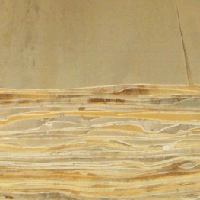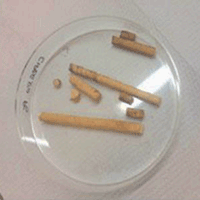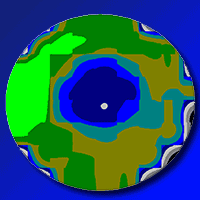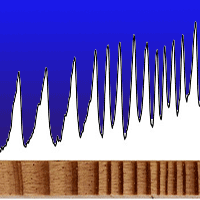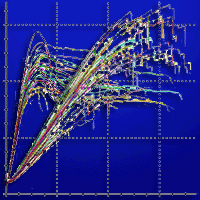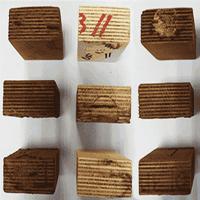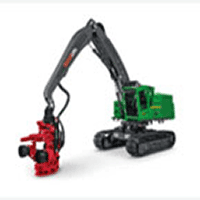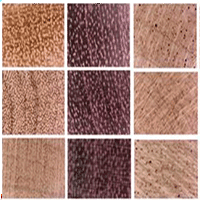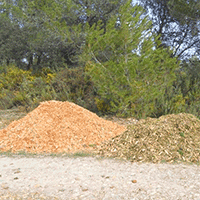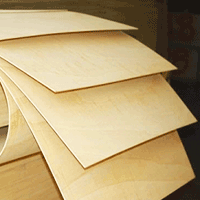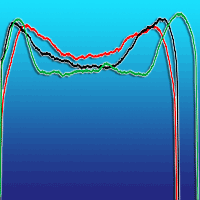
Physical and mechanical properties of particleboards manufactured using charcoal as additives
Grzegorz Kowaluk , Mateusz Zajac, Ewelina Czubak, Radoslaw Auriga
iForest - Biogeosciences and Forestry, Volume 10, Issue 1, Pages 70-74 (2016)
doi: https://doi.org/10.3832/ifor1963-009
Published: Jun 29, 2016 - Copyright © 2016 SISEF
Research Articles
Abstract
The objective of this work was to evaluate selected physical and mechanical properties of experimental particleboards manufactured from pine and spruce with charcoal particles in their core layer. For all the manufactured boards the average density was 750 kg m-3, while the mass share of charcoal in the core layer was changed (0%, 10% and 50%). The manufactured panels were tested with respect to their mechanical and physical properties, including formaldehyde emission. The results indicated that the share of charcoal significantly influenced mechanical properties, swelling, and water relations of the boards. In addition, a test on formaldehyde emission from panels were carried out, which revealed that the charcoal share has a considerable impact on the amount of formaldehyde released by the manufactured boards. The 50% content of charcoal caused about 80% reduction of formaldehyde emission.
Keywords
Charcoal, Particleboard, Filler, Bending, Formaldehyde, Emission
Authors’ Info
Authors’ address
Mateusz Zajac
Ewelina Czubak
Radoslaw Auriga
Faculty of Wood Technology, Warsaw University of Life Sciences, Nowoursynowska Str. 159, 02-776 Warsaw (Poland)
Corresponding author
Paper Info
Citation
Kowaluk G, Zajac M, Czubak E, Auriga R (2016). Physical and mechanical properties of particleboards manufactured using charcoal as additives. iForest 10: 70-74. - doi: 10.3832/ifor1963-009
Academic Editor
Giacomo Goli
Paper history
Received: Dec 22, 2015
Accepted: Feb 29, 2016
First online: Jun 29, 2016
Publication Date: Feb 28, 2017
Publication Time: 4.03 months
Copyright Information
© SISEF - The Italian Society of Silviculture and Forest Ecology 2016
Open Access
This article is distributed under the terms of the Creative Commons Attribution-Non Commercial 4.0 International (https://creativecommons.org/licenses/by-nc/4.0/), which permits unrestricted use, distribution, and reproduction in any medium, provided you give appropriate credit to the original author(s) and the source, provide a link to the Creative Commons license, and indicate if changes were made.
Web Metrics
Breakdown by View Type
Article Usage
Total Article Views: 48974
(from publication date up to now)
Breakdown by View Type
HTML Page Views: 40800
Abstract Page Views: 2331
PDF Downloads: 4625
Citation/Reference Downloads: 43
XML Downloads: 1175
Web Metrics
Days since publication: 3441
Overall contacts: 48974
Avg. contacts per week: 99.63
Citation Metrics
Article Citations
Article citations are based on data periodically collected from the Clarivate Web of Science web site
(last update: Mar 2025)
Total number of cites (since 2017): 8
Average cites per year: 0.89
Publication Metrics
by Dimensions ©
Articles citing this article
List of the papers citing this article based on CrossRef Cited-by.

